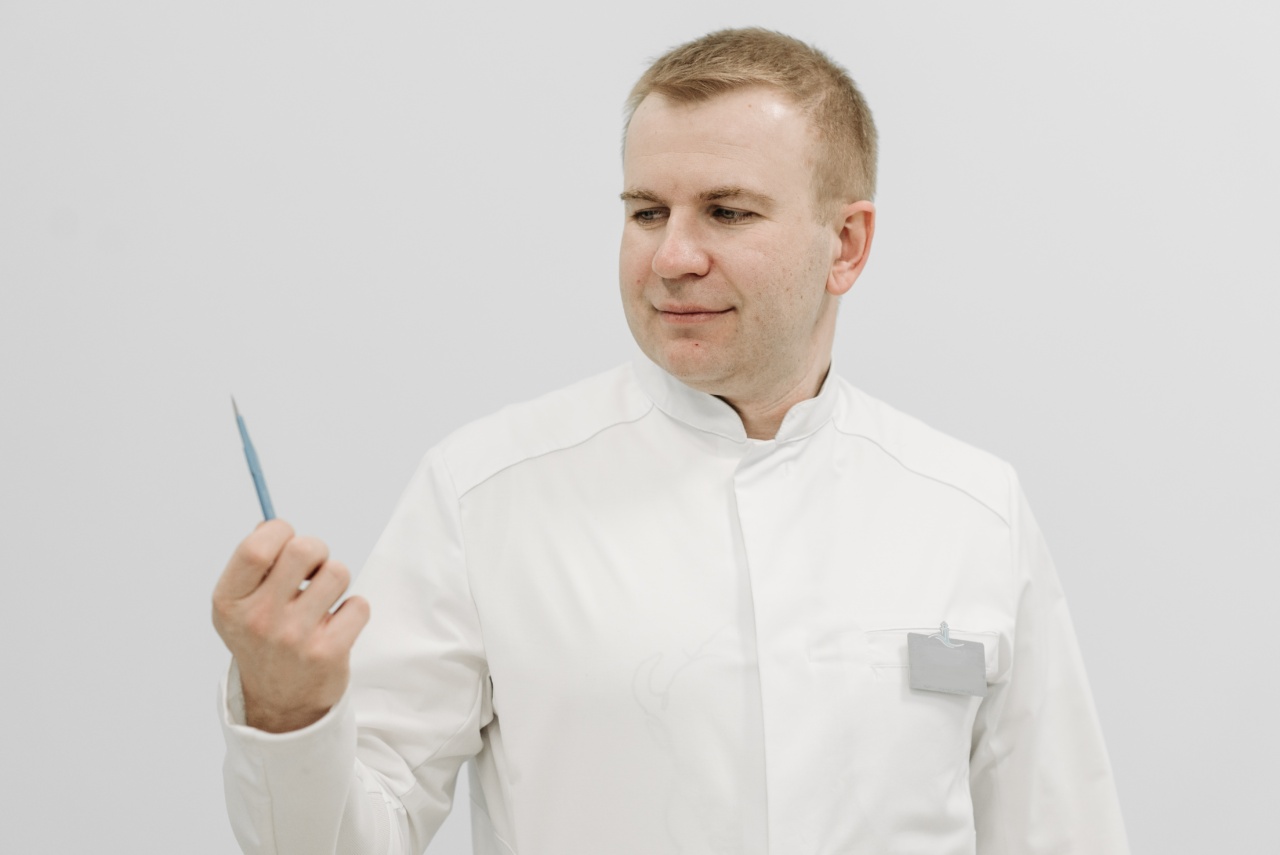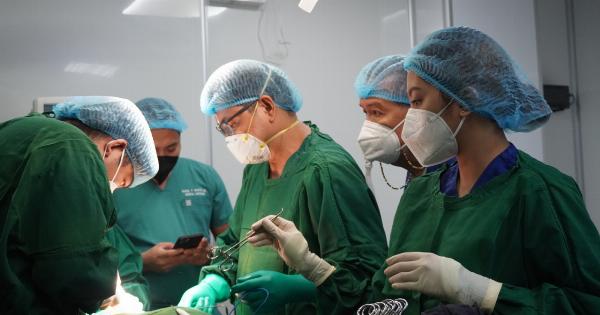Reproductive surgery is an important part of assisted reproductive technology (ART) that involves correcting any anatomical abnormalities or pathological conditions that could affect a woman’s fertility potential.
In vitro fertilization (IVF) is the most commonly used ART procedure to help couples who are struggling with infertility. A successful IVF outcome involves careful coordination and integration of many complex factors, and surgical intervention plays a critical role in this process.
What is IVF, and How Does it Work?
IVF is a procedure designed to help couples who are struggling with infertility to conceive a child. During this procedure, eggs from a woman’s ovaries are extracted and fertilized with sperm in a laboratory.
The fertilized eggs – or embryos – are then transferred back into her uterus, where they can implant and develop into a healthy baby.
The IVF process begins with ovarian stimulation, which involves administering hormones to stimulate the ovaries to produce multiple eggs.
This is followed by the egg retrieval process, which involves removing the eggs from the ovaries for fertilization in the laboratory. Sperm is obtained from the male partner or a donor and is then used to fertilize the eggs in the laboratory. Once fertilized, the embryos are cultured for a several days before being transferred back into the woman’s uterus.
The Role of Reproductive Surgery in IVF Success
Reproductive surgery is an important part of the IVF process, as it can help correct any anatomical abnormalities or pathological conditions that could affect a woman’s fertility potential.
Some examples of conditions that may require surgical intervention include:.
- Uterine fibroids: These are noncancerous growths in the uterus that can reduce fertility potential.
- Endometriosis: This is a condition in which the tissue that normally lines the inside of the uterus grows outside of it, which can cause scarring and adhesions that can negatively impact fertility.
- Tubal blockages: These can prevent the eggs from reaching the uterus, thus reducing the chances of fertilization and successful implantation.
- Polyps: These are growths in the uterine lining that can reduce fertility potential.
Reproductive surgery can help to correct these and other conditions, thus improving a woman’s chances of achieving a successful IVF outcome.
In particular, it can help improve embryo implantation rates, reduce the risk of miscarriage, and increase overall fertility potential.
Advancements in Reproductive Surgery Techniques
Advancements in technology and surgical techniques have led to significant improvements in reproductive surgery for IVF success. Some of the most notable advancements include:.
Laparoscopy
Laparoscopy is a minimally invasive surgical technique that involves making small incisions in the abdomen to insert surgical instruments and a camera.
This technique is used to diagnose and treat a variety of reproductive and gynecological disorders that can affect fertility potential. Compared to traditional open surgery, laparoscopy typically results in less pain, scarring, and recovery time for patients.
Hysteroscopy
Hysteroscopy is a minimally invasive surgical technique that involves inserting a thin, lighted tube called a hysteroscope into the uterus through the vagina.
This allows the surgeon to visualize the inside of the uterus and diagnose and treat a variety of abnormalities that can affect fertility potential. Like laparoscopy, hysteroscopy typically results in less discomfort, scarring, and recovery time for patients.
Robot-Assisted Surgery
Robot-assisted surgery is a minimally invasive surgical technique that involves using a robotic system to perform complex surgical procedures with greater precision and control.
This technique can be used for a variety of reproductive and gynecological disorders, including endometriosis, fibroids, and tubal blockages. Robot-assisted surgery typically results in less pain, scarring, and recovery time for patients compared to traditional open surgery.
Endometrial Scratch
Endometrial scratch is a procedure that involves using a small instrument to scratch the lining of the uterus, usually a few days before embryo transfer during an IVF cycle.
This technique is thought to increase the chances of successful implantation by triggering a healing response in the endometrial lining, which improves blood flow and prepares the uterus for implantation.
Reproductive Immunology
Reproductive immunology is a relatively new field that focuses on understanding how the immune system interacts with the reproductive system, and how this interaction can affect fertility potential.
This field has led to new diagnostic tools and therapies for conditions such as recurrent miscarriage and implantation failure, which can improve the chances of IVF success.
Conclusion
IVF is a complex procedure that requires careful coordination and integration of many factors.
Reproductive surgery plays a critical role in this process by helping to correct any anatomical abnormalities or pathological conditions that could affect a woman’s fertility potential. Advancements in technology and surgical techniques have led to significant improvements in reproductive surgery, which can improve the chances of a successful IVF outcome and help couples achieve their dream of starting a family.





























